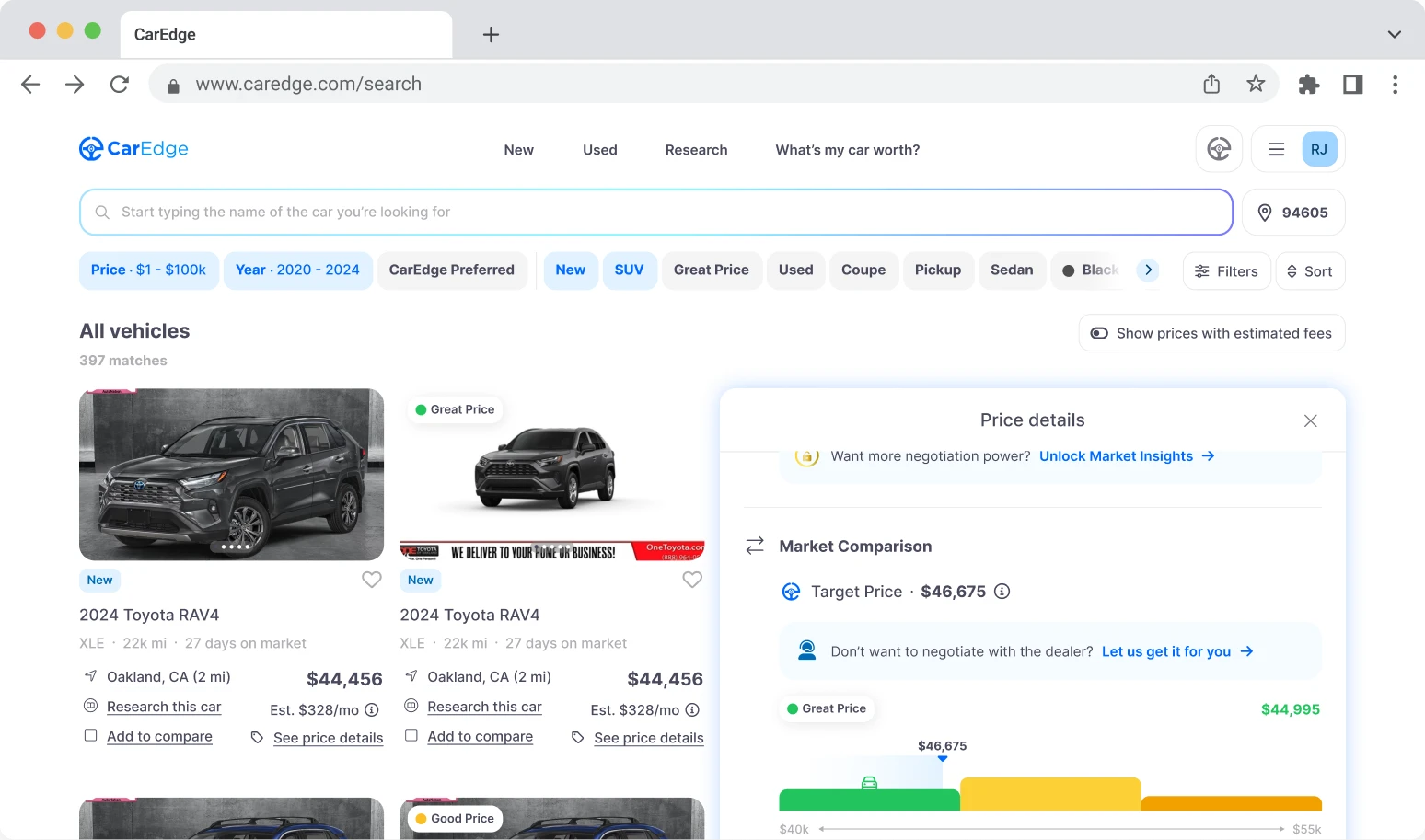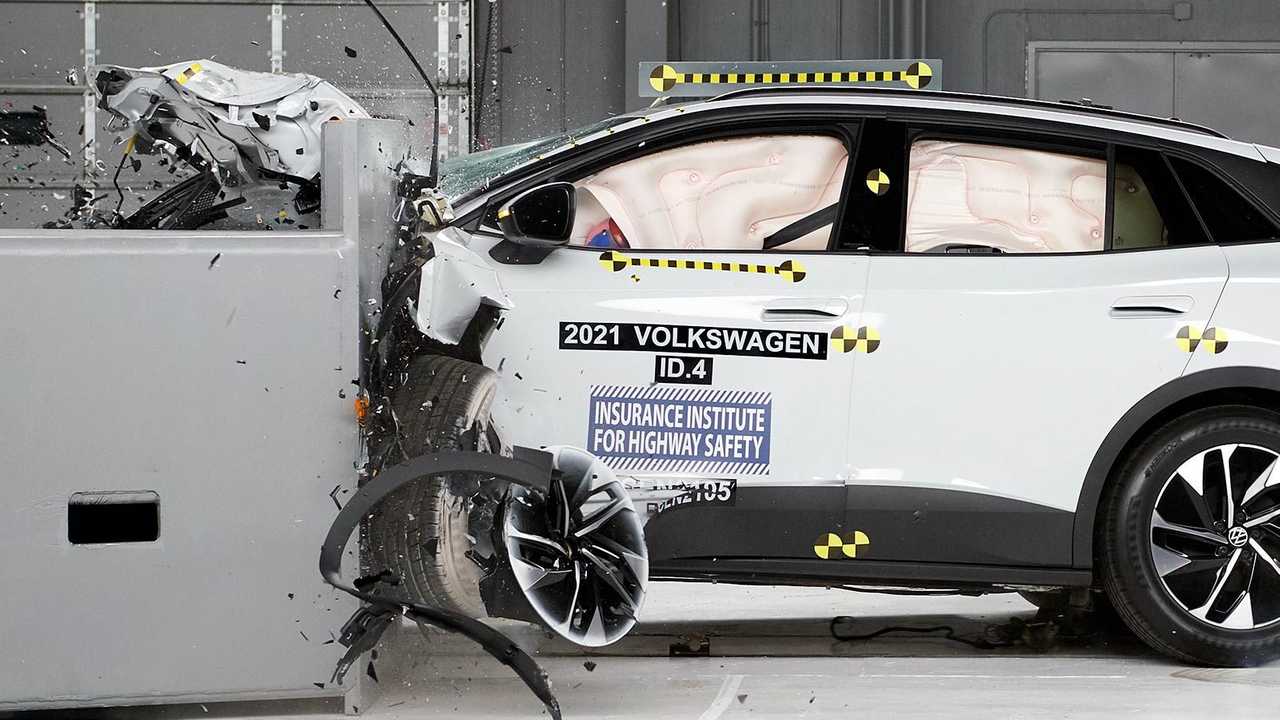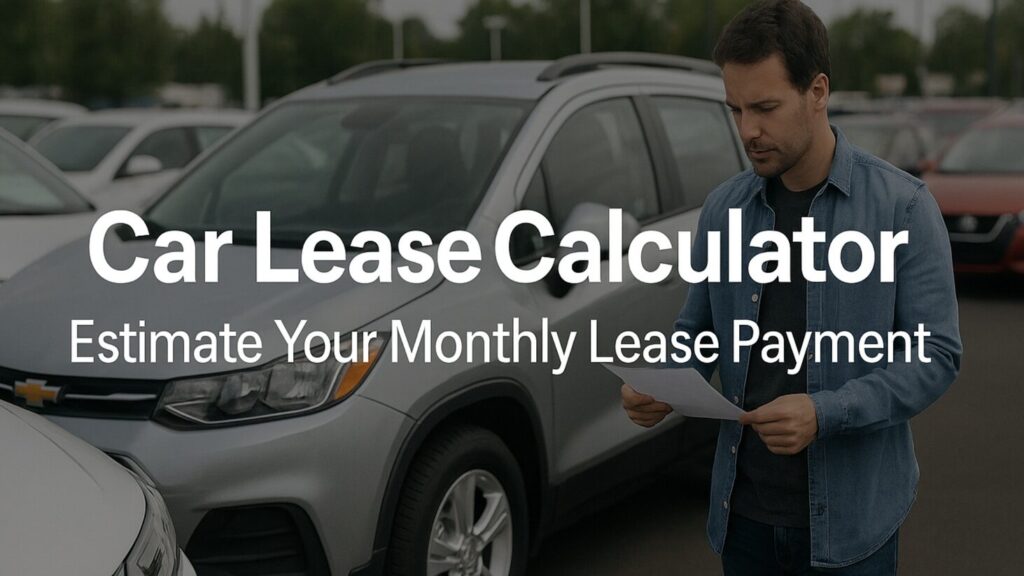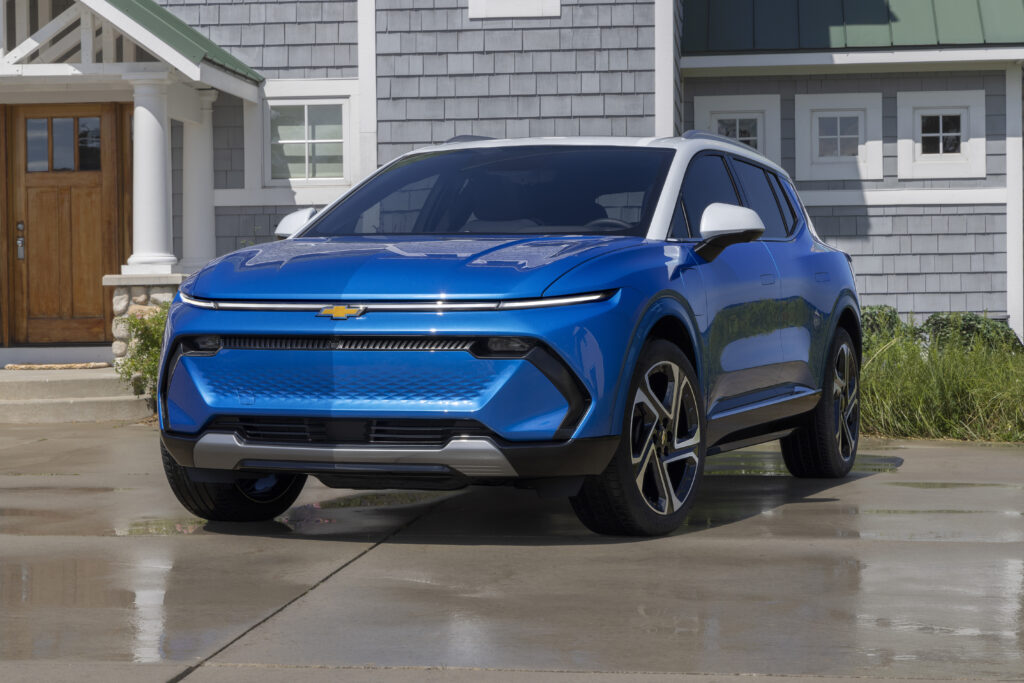CarEdge saved me over 4,500 dollars on a brand new Honda Pilot. I can't say thank you enough.
Price intelligence
Find a wide range of vehicle listings with market insights on new and used listings near you.


Help us personalize your CarEdge experience — it only takes a second.
Your answers help us personalize your CarEdge journey — we’ll follow up with tips and next steps that match your buying timeline.

Negative equity, or owing more on a car loan than the vehicle’s market value, continues to rise as inflationary pressures and long loan terms take their toll on car buyers. CarEdge, in partnership with Black Book, surveyed 474 drivers in Q4 2024 to uncover the state of vehicle equity. Here are the highlights and the broader implications for drivers, car buyers, and the automotive industry.
👉 Download the complete report

In Q4 2024, 39% of drivers who financed their vehicles were underwater—up from 31% in Q3, a 25% jump. For cars purchased since 2022, the situation is even worse: 44% of these buyers owe more than their car is worth. As depreciation accelerates and long-term loans become the norm, the risk of negative equity continues to grow. This trend highlights a troubling financial burden on drivers and poses risks for the broader auto market.
Our survey reveals that 60% of drivers believe their car is worth more than its actual trade-in value. Of these, 18% overestimate by $5,000 or more, and 7% by over $10,000. This disconnect leads many to carry negative equity into their next car purchase, perpetuating financial strain.
When drivers attempt to trade in or sell their vehicles, they often face the harsh reality of lower-than-expected offers, which can derail their car-buying plans. Unfortunately, many choose to roll over the remaining debt into their next loan. This practice, while common, leads to higher monthly payments and extended loan terms, keeping buyers in a cycle of financial vulnerability.

Loan terms significantly impact vehicle equity. Borrowers with 84-month loans face a median negative equity of -$8,485, while those with shorter 36-month terms have a positive median equity of $7,783. While longer loans make monthly payments more affordable, they also leave buyers trapped in equity-negative positions for years.
For many buyers, the appeal of lower monthly payments outweighs the long-term risks. However, as loan balances decrease more slowly with longer terms, these borrowers are more likely to face financial strain when attempting to sell or trade in their vehicles. Buyers who opt for shorter terms and make larger down payments tend to build equity more quickly, putting them in stronger financial positions.

Electric vehicle owners face the highest negative equity rates, with 54% underwater and a median equity of -$2,345. This makes EVs particularly vulnerable compared to gas and hybrid vehicles, which are more likely to have positive equity.
The rapid depreciation of EVs is a key driver of this trend. EV technology can become outdated quickly as newer models with improved range, charging speeds, and driver assistance features enter the market. Additionally, concerns about costly battery replacements and limited resale demand have led many buyers to prefer new EVs with warranties and a known history, further impacting the resale value of used EVs.
For EV buyers, understanding depreciation trends and factoring in long-term costs is critical to avoiding significant negative equity. Opting for shorter loan terms and considering potential incentives or tax credits can help offset some of the financial risks. Buyers who plan to hold on to their EVs for longer than just a few years are less likely to be impacted by negative equity with their auto loans.
As we head into 2025, the issue of negative equity looms large for both consumers and the auto industry. For car buyers, rolling over negative equity into new loans can lead to long-term financial stress, reducing their purchasing power and limiting options. For the auto industry, high levels of negative equity could dampen trade-ins and slow new car sales, forcing automakers and dealerships to adjust their strategies.
Car dealers also face challenges when appraising trade-ins with negative equity. To close deals, dealers may need to discount new vehicles more aggressively or offer creative financing solutions, which can erode profit margins. Over time, high levels of negative equity in the market can disrupt the typical sales cycle
The Q4 2024 Negative Equity Report paints a clear picture of a growing issue in the car market. Drivers, car buyers, and the auto industry alike must address the challenges posed by rising negative equity.
CarEdge remains committed to empowering consumers with tools and insights to navigate today’s challenging car market. To avoid falling into the negative equity trap, car buyers should prioritize shorter loan terms, be familiar with expected car depreciation, and monitor used car values with tools like Black Book. Overcoming negative equity is possible when drivers make informed car buying and ownership decisions.

@caredge Is #honda buying #nissan ??? #newcar #caredge
♬ original sound – caredge
Two of Japan’s largest automakers, Honda and Nissan, are reportedly entering merger negotiations, as reported by the Nikkei newspaper. The talks aim to solidify their position in the rapidly changing global automotive market, where rising competition, high production costs, and the EV transition are reshaping the industry.
The potential merger would create a holding company for Honda, Nissan, and Mitsubishi Motors, of which Nissan already holds a 24% stake. Combined, these automakers would account for over 8 million vehicle sales annually—enough to challenge global giants like Toyota (11.2 million vehicles sold in 2023) and Volkswagen (9.2 million vehicles sold last year).
For now, both automakers have neither confirmed nor denied the report. Honda stated: “The reported content was not released by our company… We will inform our stakeholders of any updates at an appropriate time.” This cautious tone reflects the sensitive nature of the negotiations, but one thing is clear: if this merger proceeds, it will mark one of the largest shakeups in the auto industry since Fiat Chrysler merged with PSA Groupe to form Stellantis in 2021.

While Honda enters these talks from a position of strength, Nissan’s struggles have been front and center. Earlier this year, Nissan reported a 99% drop in operating profits in the North American market. The automaker’s woes stem from:
Adding to the urgency, Nissan reportedly has just 12 to 14 months of cash reserves left. To stay afloat, Nissan has drastically increased incentives to lure buyers. Popular models like the Rogue, Altima, and Pathfinder are now offered with deals like 0% APR financing and cheap lease specials—a trend we expect to continue well into 2025.
Honda Stands Strong
In contrast, Honda’s financial health remains robust. International sales are growing steadily, and U.S. demand for Honda models, like the CR-V and Civic, remains strong. Unlike Nissan, Honda hasn’t needed to lean heavily on incentives to maintain momentum.

The Honda-Nissan merger talks come at a crucial moment for car shoppers. Here’s what you need to know:
The automotive market is evolving fast, and buyers stand to benefit from brands under pressure. Nissan, in particular, will remain highly negotiable as it fights to stay competitive. Stay tuned to CarEdge News for up-to-the-minute insights on deals, trends, and automotive news that matter to you.

Car insurance premiums are surging at an unprecedented rate, and it’s hitting wallets hard. Over the past year, auto insurance costs have risen by 13%, following a nearly 51% increase since late 2019. According to a recent report from the Washington Post, this surge has become a major driver of overall inflation, complicating efforts to stabilize the economy. But why are car insurance rates climbing so sharply, and what can drivers do about it? Let’s break it down.

Car prices have been on the rise for years, with automakers prioritizing high-end models over budget-minded offerings. Today’s vehicles aren’t just more expensive; they’re also loaded with advanced driver assistance and safety features. While these features make vehicles safer, they also drive up repair costs. Replacing sensors, cameras, and other high-tech components is far pricier than traditional repairs that drivers are accustomed to. Additionally, labor costs in the auto repair industry have soared, further inflating the price of repairs that insurance companies must cover.
👉 Compare Cost of Ownership Rankings For New & Used Cars
Distracted and reckless driving is leading to more accidents, injuries, and fatalities. According to data from the National Highway Traffic Safety Administration, distracted driving claims over 3,000 lives in the U.S. each year. Distracted driving results in more accidents, and as a result, more insurance claims. This uptick in claims drives up costs for insurance providers, who pass those expenses on to consumers. Attorney involvement in claims is also on the rise, adding to the rising costs of resolving insurance claims.

The rate of uninsured motorists has grown from 11.6% in 2019 to 14% in 2022, according to the Insurance Research Council. As more drivers go without insurance, insurers must spread the risk among their paying customers, driving premiums higher for everyone else.
According to data from ValuePenguin and Lending Tree, there are five states where more than 20% of drivers are uninsured: Mississippi (29%), Michigan (25%), Tennessee (24%), Florida (23%), and Washington (21%).
Car insurance premiums are not just a personal financial burden—they’re influencing national economic trends. In November 2024, rising auto insurance costs accounted for 15% of the increase in overall consumer prices. Without the spike in premiums, inflation would have been significantly lower, according to economists cited by the Washington Post.
Federal Reserve Chair Jerome Powell has acknowledged that insurance costs are one of the “stickiest” contributors to lingering inflation, making it harder to achieve the Fed’s 2% inflation goal.
There is some hope for relief. As auto prices stabilize, insurance premiums may follow. November’s CPI data showed only a 0.1% monthly increase in auto insurance costs, hinting at a potential plateau. However, economists warn that factors like potential tariffs on car parts from Canada and Mexico could reignite price hikes.
Additionally, as more drivers forgo insurance, premiums for insured drivers may remain elevated or even rise further. Without systemic changes, drivers should brace for a long road ahead when it comes to high insurance costs.
While systemic factors are driving insurance rates, there are steps you can take to lower your costs:

Soaring car insurance premiums are putting a strain on household budgets and driving inflation higher. While there may be hope for auto insurance rates stabilizing in the future, drivers should take proactive steps to mitigate rising costs. Compare quotes from multiple insurers to see if you have the best rate. It’s free, and can’t hurt.
Stay informed about market trends, and use tools like CarEdge’s insurance calculator to ensure you’re not overpaying. Buying a car soon? It’s smart to estimate car insurance costs before you buy to avoid unpleasant surprises.
As the insurance landscape continues to evolve, being prepared is your best defense against skyrocketing rates.

Leasing a car can be a smart financial choice—but only if you know how to navigate the process. Unfortunately, common mistakes and confusing terms can leave lessees overpaying or stuck with an unfavorable deal. We spoke with CarEdge leasing expert Mario to learn all of the best lease negotiation strategies to unlock big savings in today’s car market. This simple guide will show you how to negotiate a lease with confidence, avoid common pitfalls, and secure the best possible terms for your budget.
At CarEdge, we’re always working on something new to help demystify car buying, car selling, and ownership. If you’re considering a new car lease, estimate your monthly payment in seconds with our latest free tool: our car lease calculator.

1. Don’t Fall for Flashy Lease Ads
Those low monthly payment lease offers might sound great, but they’re often misleading. Advertised specials exclude taxes, fees, and require large down payments or specific trim levels. Instead of relying on these ads, negotiate your own lease deal tailored to your budget. Manufacturer’s advertised lease deals are a great jumping off point, but always reflect an unrealistically low monthly payment.
2. Understand the Numbers
Before negotiating a car lease, familiarize yourself with how lease payments are calculated. Key factors include:
Knowing these terms helps you spot inflated payments and hidden costs.
3. Set a Target Before You Negotiate
Define clear goals for your monthly payment, upfront costs, and lease terms (e.g., mileage and duration). Setting a realistic floor (ideal terms) and ceiling (the highest lease terms you’ll accept) ensures you stay focused and within budget.
👉 Rather have an expert negotiate for you? Learn more about CarEdge’s Car Buying Service.

Use tools like the CarEdge Deal Hub to find average dealer discounts for your car.
Look for loyalty, conquest, or regional incentives that can reduce costs.
Find out the money factor (interest rate) and residual value for your desired car.
Push for the base money factor, especially if you have an excellent credit score (also known as Tier 1 credit).
Request OTD quotes as though you’re purchasing the vehicle, not leasing. Avoid mentioning that you intend to lease or that you have a trade-in. This keeps the negotiation focused on the selling price and prevents the dealer from steering the conversation toward monthly payments.
Use this free out-the-door calculator to get a realistic estimate, but the best way to move forward is to have the salesperson or sales manager provide a detailed out-the-door price sheet for a specific VIN.
Focus on Dealer Discount: Dealer fees and qualifying incentives can be negotiated later, but you want to establish a competitive discount first.
How many quotes should you get? Aim for 5-8 out-the-door price quotes from different dealers. The more you shop around, the greater your chances of finding a competitive deal.
Once you’ve negotiated the out-the-door selling price, it’s time to pivot to a lease deal. Request a lease proposal with specific terms:
Ask for a detailed lease worksheet to review:
Once all numbers match your expectations, confirm the deal and ensure you receive a finalized lease worksheet before signing.
Not confident that you’re getting a good deal? Learn how CarEdge can help make your new car lease stress-free (and a GREAT deal).
👉 Pro Tips for Success
Shop Around: Get quotes from multiple dealerships to find the best offer.
Stick to Your Numbers: Don’t let emotions or sales pressure push you beyond your budget.
Be Ready to Walk Away: Walking away often leads to better offers from dealerships eager to close a deal.

👀 Check out the cheapest lease offers available this month
Negotiating a car lease doesn’t have to be overwhelming. By avoiding common pitfalls, doing your research, and sticking to your goals, you can save money and secure a lease that fits your needs. With tools like CarEdge Pro, our free Out-the-Door Price Calculator, and the Deal Hub, you’ll be prepared to approach dealerships with confidence.
Ready for an expert to negotiate your lease deal for you? Learn more about CarEdge Concierge, the best car buying service in America.

As 2024 wraps up, automakers are rolling out incredible year-end lease deals on a wide range of vehicles, from family SUVs to full-size trucks. With dealerships eager to clear out inventory, now is the time to lock in a great lease with low monthly payments, minimal upfront costs, and even bonus incentives.
Here are 10 amazing year-end lease deals you don’t want to miss before the calendar flips to 2025. Note that these manufacturer offers do not include tax, title, and fees, and not all dealers participate.

Lease the Taos S for 36 months with $0 down, $0 first month’s payment, and $0 due at signing with payments of $339 for the remaining 35 months.
This offer expires on January 2, 2025. See offer details.
Browse Volkswagen Taos listings with local market insights

Lease the Atlas for 36 months with $0 down, $0 first month’s payment, and $0 due at signing with payments of $619 for the remaining 35 months.
This offer expires on January 2, 2025. See offer details.
Browse Volkswagen Atlas listings with local market insights

Returning GM lessees can lease the Terrain from $370/month for 39 months with $0 due at signing. See offer details. This offer expires on January 2, 2025.
Browse GMC listings with local market insights

Lease the Subaru Outback from $299/month for 36 months with $3,049 due at signing.
This offer expires on January 2, 2025. See offer details.
Browse Subaru listings with local market insights

Lease the gas-powered Equinox from $299/month for 36 months with $1,369 due at signing.
This offer expires on January 2, 2025. See offer details.
Browse Chevrolet Equinox listings with local market insights

Lease the Equinox EV for just $299/month for 24 months, with $3,169 due at signing.
This offer expires on January 2, 2025. See offer details.
Browse Chevrolet Equinox EV listings with local market insights

Lease the Buick Envista from $249/month for 24 months with $2,809 due at signing.
This offer expires on January 2, 2025. See offer details.
Browse Buick Envista listings with local market insights

Lease the Tacoma TRD Off Road for $489/month for 36 months with $0 due at signing in the Mid-Atlantic market. Lease for as low as $239/month with $3,999 down in other markets.
This offer expires on January 6, 2025. See offer details.
Browse Tacoma listings with local market insights

Lease the Tundra SR5 for $349/month for 36 months with $4,999 due at signing.
This offer expires on January 6, 2025. See offer details.
Browse Toyota Tundra listings with local market insights

Lease the Silverado 1500 Crew Cab 4WD Custom from $409/month for 36 months with $4,949 due at signing.
This offer expires on January 2, 2025. See offer details.
Browse Silverado listings with local market insights
With these incredible end-of-year lease specials, now is the perfect time to upgrade your ride before 2025 arrives. From SUVs like the Volkswagen Taos tol trucks like the Chevrolet Silverado and Toyota Tacoma, there’s a deal to suit any driver.
Remember, these offers are only available for a limited time, with most expiring in early January. Don’t miss your chance to lock in the savings.
Check out CarEdge’s Deal Hub for more insights and tools to help you save on your next lease!